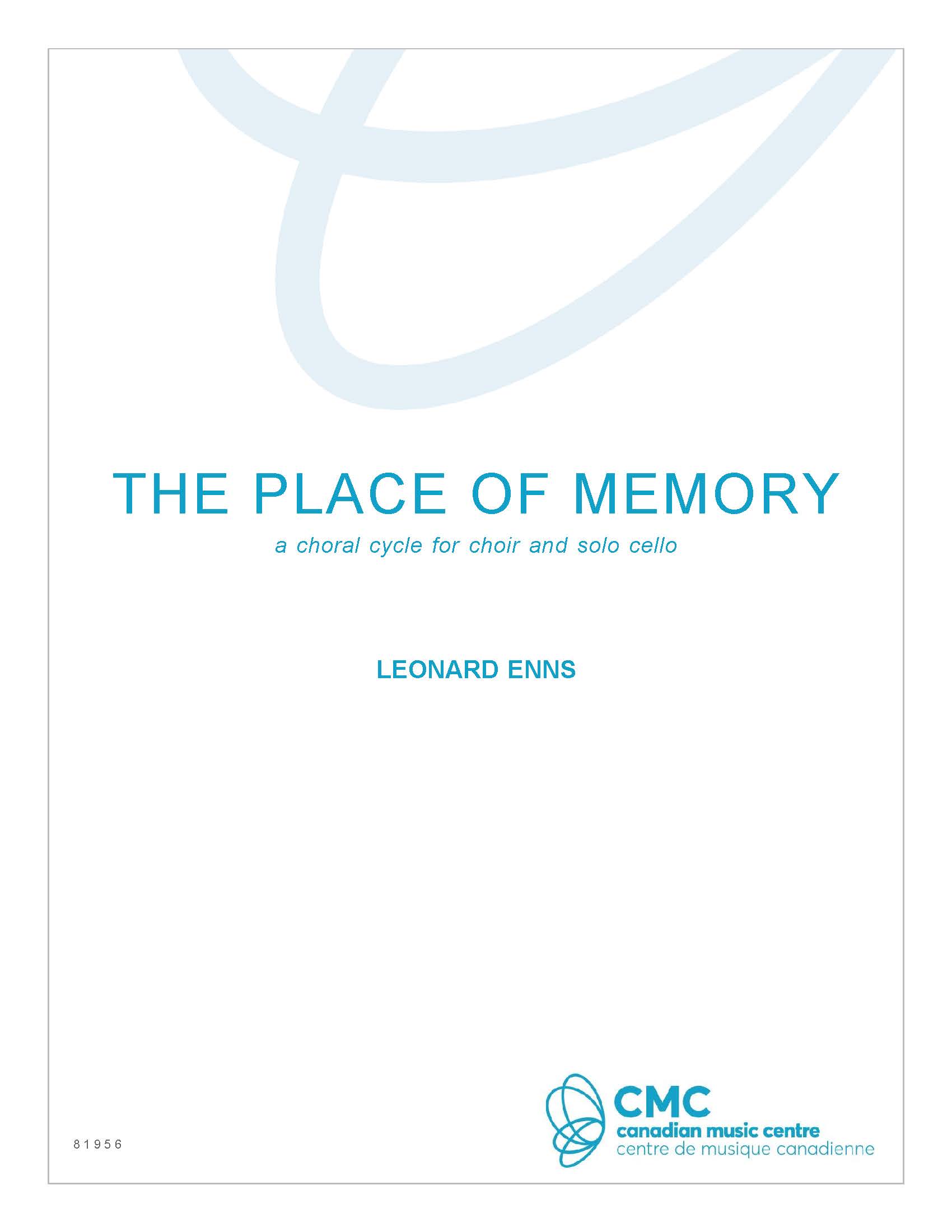The Place of Memory was commissioned by the Mennonite Historical Society of Ontario for a commemoration of the immigration of some 20,000 Mennonites from the former Soviet Union / present-day Ukraine and Russia to Canada in the 1920’s. The composition was premiered in Waterloo, Ontario on 10 July 2023 by the DaCapo Chamber Choir and cellist Miriam Stewart-Kroeker.
I am grateful to Connie T. Braun for her permission to use this title, which I’ve taken from the title of the first poem in her book, Unspoken. The title, The Place of Memory, evokes various possible meanings, several of which are expressed in the composition, as the place that is remembered, as the place where we are when we remember, and also, the place that memory has in our lives, or in the lives of those before us. The cello is a constant, wordless thread throughout, ever present like a memory that cannot be articulated in words.
1st movement: An Old Photograph. What is the place that is remembered? The first piece is a nostalgic reflection in which the “old country” is always perfect – immer Sommer, immer Sonntag (forever summer, forever Sunday) – and the “old oak” is still the gathering point for picnics and fun. I am grateful to Audrey Poetker for permission to use her text.
2nd movement: The Promised Land. What is the place where we are when we remember? The second piece expresses disappointment and regret that the new home does not match the one remembered. For some, the anticipated Promised Land they encountered turned out to be a land of fierce sun, dust storms, and blistering winters; here, in this new place, the nostalgic memories of the past were obliterated, and the land – rather than being a land of milk and honey – proved to be a “river of mud,” as described in the text by Sarah Klassen, used with her permission. The music begins almost as a dreamy waltz, but this false joyful tone is interrupted by reality, and does not last.
3rd movement: Silence. There is, of course, a deeper meaning altogether: what is the place of memory itself, what is its role, how did memory impact the way refugees lived in this new country, carrying with them memories “too painful to unearth?” Sometimes memories carried to the new home have resulted in an agonizing silence. The text by Connie Braun leaves us with the realization that “history is a silent country.” It is used with her permission.
4th movement: How a Place Becomes Holy: The final movement follows directly from the third, but now the focus is on the transformation, on that moment and that place of silence and tears when a memory floods back, and the place becomes holy. The physical place – perhaps a graveyard, perhaps an open field, perhaps a kitchen table: the exact place where the memory occurs – becomes a holy place. I am grateful to Yehoshua November for permission to use his text.
–Leonard Enns

